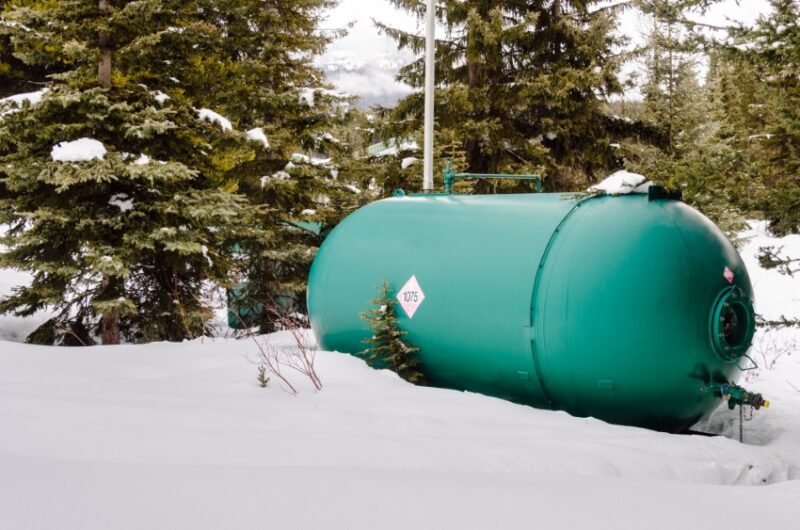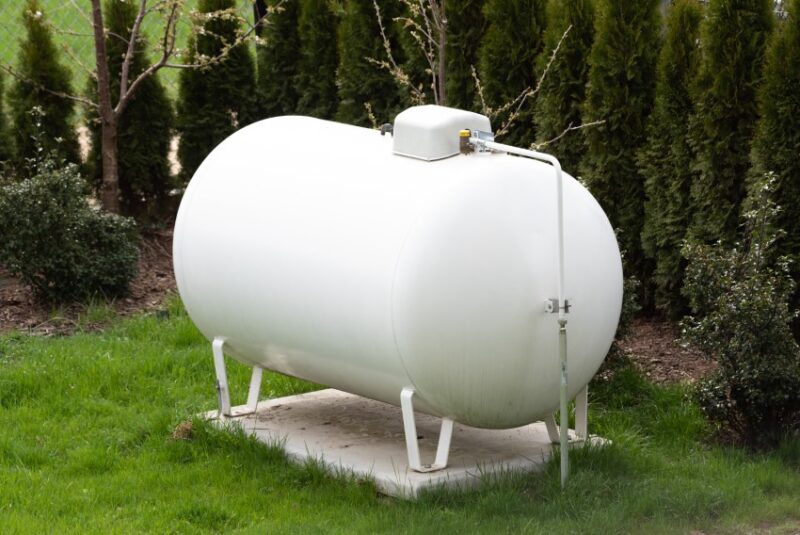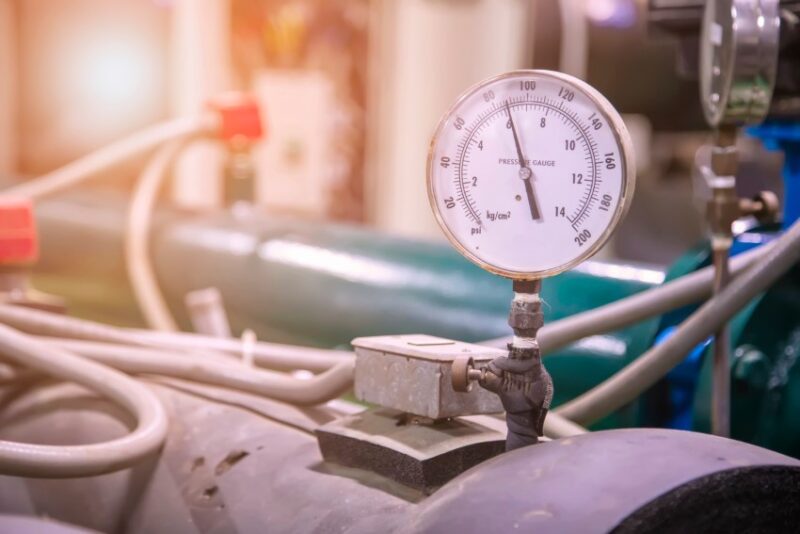The Process of Refilling Your Home Propane Tank
Managing a home requires attention to many details, one of which is ensuring a steady supply of propane, especially if your household depends on it for heating, cooking, and other essential functions. In this article, we’ll talk about the process of refilling your home propane tank, covering everything from understanding your propane needs to safety precautions and the actual refill process. With the right knowledge and preparations, keeping your propane tank topped up can be a seamless part of your home management routine.
Understanding Propane Usage and Needs
Before trying to refill your home propane tank, it’s important to have a clear understanding of your propane needs. This involves knowing how much propane your household consumes, which can vary significantly based on your usage patterns, the size of your home, and the appliances that rely on propane. Additionally, the seasons play a crucial role; for instance, during winter, your propane usage is likely to spike due to heating necessities. Recognizing these factors will not only help you anticipate when a refill is needed but also assist in managing your propane budget more effectively.

Locating Your Nearest Propane Refill Station
Once you have a grasp on your household’s propane usage, the next step is to locate your nearest propane supplier or refill station. This search can be as simple as conducting an online search or asking for recommendations from neighbors or local businesses. Keep in mind, that not all refill stations are the same, some may offer more competitive pricing or more convenient hours of operation than others. It’s beneficial to call ahead and confirm the details, such as pricing per gallon and whether they accommodate the size of your home propane tank. Establishing a relationship with a reliable and trustworthy propane supplier can ease the process of regular refills and ensure you’re never left in the cold.
Safety Tips Before You Go for a Refill
Safety cannot be overstated when dealing with propane, a highly flammable gas that requires caution. Before heading out for a refill, always ensure your propane tank is in good condition, looking out for any signs of rust, damage, or wear that could pose risks. It’s also critical to transport the tank upright and secure it properly in your vehicle to prevent any shifts or leaks during a refill trip. Familiarize yourself with the safety features of your tank and the emergency procedures in case of a leak or spill. Remember, safety is paramount, not just for you but for everyone around you.
The Refilling Process: What to Expect
When you arrive at your chosen propane refill station, you’ll generally be greeted by a trained professional who will handle the refill process for you. They will start by checking your tank for any safety issues and ensure it meets the necessary regulations for refilling. The actual refill process involves connecting your tank to the refill equipment, where propane is pumped into your tank up to the proper fill level. It’s important to know that tanks should only be filled to about 80% of their capacity to allow for the expansion of the gas. After the refill, the attendant will disconnect your tank, perform a final safety check to ensure there are no leaks, and provide you with a receipt that details the amount of propane added. This process not only ensures your safety but also the efficiency and longevity of your propane supply at home.
In conclusion, refilling your home propane tank is a straightforward process that, when done correctly, ensures your household runs smoothly and efficiently. By understanding your propane needs, locating a reputable supplier, adhering to safety guidelines, and familiarizing yourself with the refilling process, you can manage your propane usage economically and responsibly. Always remember that safety comes first, and cultivating a good relationship with your propane supplier can make all the difference in maintaining a warm and welcoming home. Whether you’re preparing for the winter months or simply keeping your outdoor grill ready for the summer, being proactive about your propane supply will keep you prepared for whatever comes your way.








